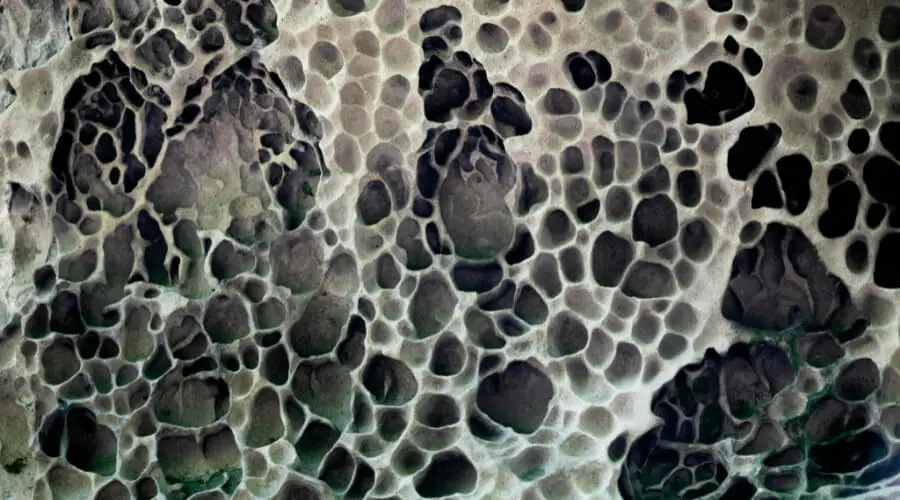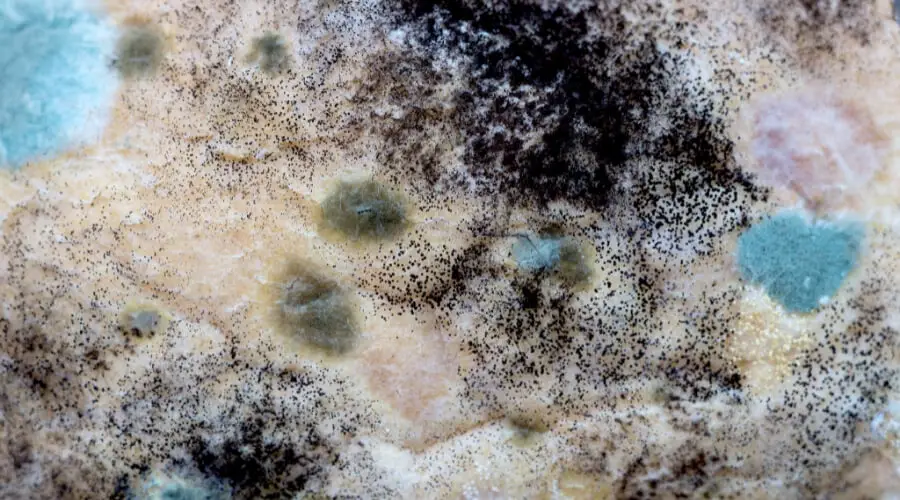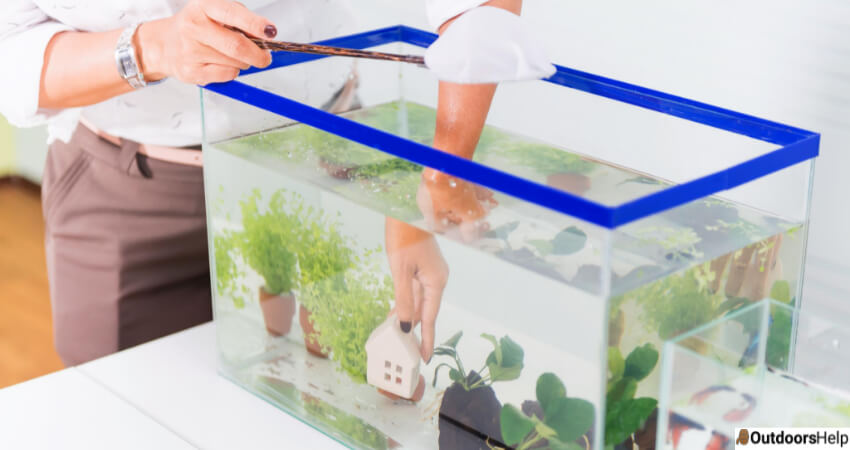Simply looking at the hygiene of a fish tank can tell you a lot about the health of fish. Black mold in a fish tank indicates the presence of fungi. Why do you think fungi grow, and how can you get rid of them? Everything you need to know is explained in this article. Please read through to the end as we answer all questions you might be having.
Black mold in a fish tank grows due to spores getting into your tank from outside sources. They develop due to low hygiene and light levels, overfeeding, and imbalance of nutrients in the tank.
Every fish tank is a perfect breeding ground for both submerged and airborne forms of fungi. Some of the factors that contribute to the growth and dispersal of mold spores are general tank cleanliness, the initial health of the fish, decoration material, filtration, and the quality of the water. Before the black mold spreads throughout your tank and becomes tougher to do away with, you should make an effort to act as soon as possible.
If you have ever owned an aquarium or planning to get one soon, it is essential to get informed about black mold to be in a position to trace your hygiene throughout the entire process. A murky tank allows the formation of a film both in contact with the air above and underwater. Rotting organic material enhances the nourishment of airborne mold as well as submerged fungus. But before we even discuss it further, let us first understand what they look like and how you could tell they have invaded your tank. Read on to find out.
What Do Mold Spores Look Like?

Have you ever wondered what this mold looks like, or would you be able to recognize it when you spot it in a fish tank? This is very important for the sake of the fish’s health and the hygiene of the aquarium. On open air-portions of the glass and inside the glass lid, you would generally discover them. There is bound to be airborne mold that attaches and grows somewhere on the tank if the conditions are favorable. They would spread throughout your tank after forming, and the first sign may be a visible film on;
1. The fish themselves
2. Plants
3. Decorations
4. Gravel
5. Glass
6. Rocks.
When you look closely, you will possibly spot them on these objects appearing as follows;
1. A slimy thin green film is appearing at the start.
2. The thin layer then transforms into a thick one.
3. They can also be black or dark brown with a fuzzy consistency.
Factors Influencing The Growth Of Black Mold?

With the right conditions for them to thrive, they will find their way inside your tank. People assume that it is too much light that influences them, so they cover the tank’s sides in the dark paper, while some will grow well in dim light. Are you keen enough to confirm that the food you are giving your fish is all eaten up, or are you assuming that the remainder will be taken care of by the filter? Do you care to carry out changes to the water every week to avoid the waste from building up?
Let’s take a look at more factors;
| Factor: | Description: |
| Overfeeding | Your fish will release more waste in the tank when you give them too much food. This stresses your filter as it struggles to keep the water clean from the increased level of organic waste. |
| Poor quality of the water | Nitrates will gather in your tank if you fail to change a section of your tank water weekly. |
| Poor tank hygiene | Ensure you clean your tank every three months to eliminate all the organic waste from uneaten food, decomposing plants, or fish waste. |
| Poor filtration | There will be an increased quantity of organic waste if your filter fails to keep the water clean in cases of overfeeding or overstocking fish. |
| Dead plants | Increase the level of organic waste as soon as they start decaying in your tank, and there is no quick removal. |
| Overstocking fish | Stresses the filter from increased waste caused by stocking more than the required number of fish in your tank. |
How To Get Rid Of Black Mold In Your Fish Tank:
Of course, nobody is ever going to encourage the growth of mold in their fish tank. The moment they spot it, a great panic ensues, and research on how to get rid of them begins immediately.
You can do away with them in these two main ways;
1. Filter replacement:
As soon as you notice black mold in your tank, be sure that your filter is not working right and needs replacement. A powerful filter helps in preventing the growth of mold and keeping your tank from becoming too dirty. Note that they only grow in poorly maintained tanks.
2. Profound cleaning:
Poor tank hygiene is possibly the reason for the mold. Scrub and scrape everything after taking it apart and disconnecting every system for profound cleaning. After that, replace only 75% of the water.
What Are The Requirements And Precautions When Cleaning A Fish Tank?
These are very crucial to clean your tank off the mold thoroughly. Please read on to discover whether you have been doing it right with the required items or you have been slowly damaging your tank and other equipment without your knowledge.
Requirements:
1. Glass scraper
2. A filter cartridge for replacement
3. Apple cider vinegar or undiluted white vinegar
4. Dechlorinating treatment
5. Water clarifier
Precautions:
1. On your fish tank, never use any form of washing product or any of its contents because its remaining chemical traces may harm your fish even after rinsing.
2. Only use vinegar to clean the outer surfaces of your tank because it lowers the pH of the water and be harmful to your fish.
3. Protecting your fish from any chlorine traces in the water you’ll be using for replacement and the dechlorinating process is very vital.
Conclusion:
You will probably find black mold in your tank if it is poorly maintained and you have little or no time to work on it. To reduce the effect, make an effort to feed your fish enough portions of food that they can eat in 15 minutes or less. Otherwise, the overgrowth of bacteria and cloudy water will result as the remaining food particles accumulate throughout the tank and later decompose. To prevent further decaying, ensure you change 10% of the tank’s water weekly. Don’t forget to wash the lid away from the fish or tank and thoroughly rinse it with hot water before replacing it every once a month.
I am sure you have found answers to all your questions regarding black mold, what they look like, why they grow, and most importantly, how to get rid of them. You can also limit the number of fish depending on the size of your tank to avoid overfeeding, which may end up clogging your filter with organic waste. To make your fish more comfortable, don’t forget to add in aquarium plants, as they will make your tank look more natural. Go ahead and share this information to educate others as you also practice safe and hygienic ways of peaceful fish keeping. Have fun!

